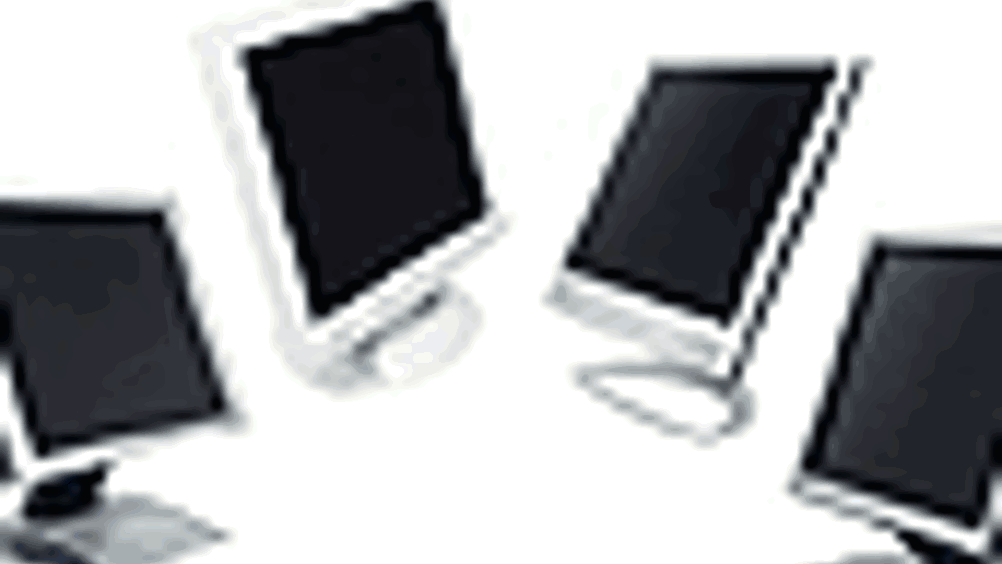Keeping LCDs out of landfill
Scientists at the University of York have won DTI funding to research ways to avert a growing environmental problem caused by discarded liquid crystal displays.

Scientists at the
have won
funding to research ways to avert a growing environmental problem caused by discarded liquid crystal displays (LCDs).
LCDs are a fixture of modern life, appearing in everything from pocket calculators and mobile telephones to wide-screen televisions.
But the liquid crystals they contain are potentially hazardous and technological advances are so rapid that society is already discarding millions of LCD screens each year. There are no viable recovery techniques and no fully safe disposal options.
Some 40 million LCD television sets were sold worldwide last year with expected sales likely to top 100 million by 2009.
Now scientists in the Department of Chemistry at the University of York have won a major DTI competition to investigate ways of extracting and recycling liquid crystals from waste LCD devices. They are part of a consortium of nine partners and supported by the Resource Efficiency Knowledge Transfer Network (KTN) and the Displays and Lighting Knowledge Transfer Network. The DTI will fund 50 per cent of a total bid worth £1.7m.
Register now to continue reading
Thanks for visiting The Engineer. You’ve now reached your monthly limit of news stories. Register for free to unlock unlimited access to all of our news coverage, as well as premium content including opinion, in-depth features and special reports.
Benefits of registering
-
In-depth insights and coverage of key emerging trends
-
Unrestricted access to special reports throughout the year
-
Daily technology news delivered straight to your inbox










Radio wave weapon knocks out drone swarms
Probably. A radio-controlled drone cannot be completely shielded to RF, else you´d lose the ability to control it. The fibre optical cable removes...